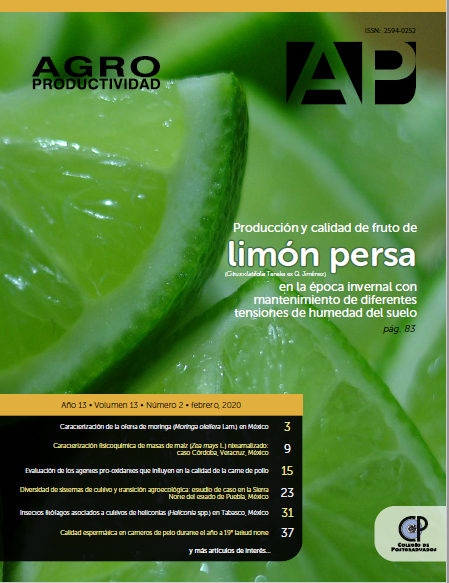IIsolation of cellulose from pineapple waste (Ananas Comosus L.) ISOLATION OF CELLULOSE FROM PINEAPPLE WASTE (Ananas Comosus L.)
Main Article Content
Keywords
Cellulose, pineapple residues, pulping, Soda-Antraquinone, Physicochemical characterization
Abstract
Objective: This work explores obtaining high quality cellulose from pineapple residues.
Design/methodology/approach: Pineapple crowns were used to obtain the cellulose using the 0.5% acid pre-hydrolysis treatment with sulfuric acid combined with the Sosa-Anthraquinone pulping method (SQ) and elemental chlorine-free bleaching (ECF). The cellulose obtained was characterized by the TAPPI techniques of Fourier Transformed Infrared Spectroscopy (FTIR), X-Ray Diffraction (XRD) and Scanning Electron Microscopy with coupled elemental analyzer (SEM-EDX).
Results: It was demonstrated that cellulose-free cellulose was obtained from the chlorination and bleaching stages determined by SEM elemental analysis (EDX) with an alpha (?) cellulose content of 93%, which exhibits the typical crystalline structure of type I cellulose commonly found in the natural plant fibers,
Limitations of the study/implications: In the process, a relatively low fiber yield of 29.3% was obtained.
Findings/conclusions: Obtaining cellulose from pineapple residues (crowns) is proposed as an alternative of use due to its reinforcement capacity in composite materials, as well as in the production of biomaterials; showing that agricultural residues from pineapple are feasible to obtain cellulose.

